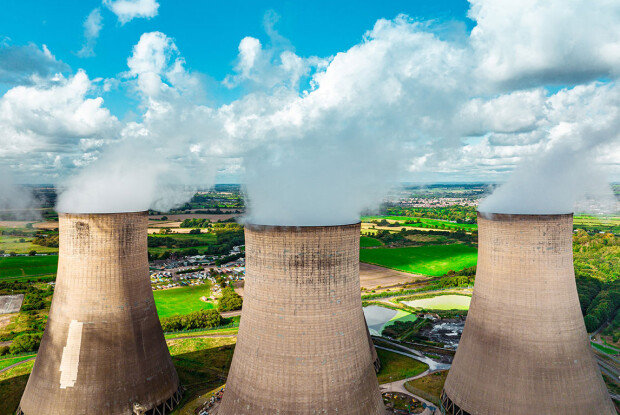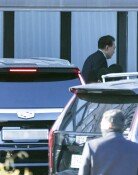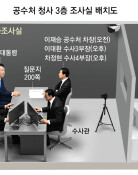SMR emerges as new energy cooperation project
SMR emerges as new energy cooperation project
Posted January. 11, 2025 07:31,
Updated January. 11, 2025 07:31

Small Modular Reactors (SMRs) are emerging as a key area of energy cooperation between Korea and the U.S. The partnership leverages Korea's nuclear power supply chain and construction capabilities alongside the U.S.'s design technologies, with several collaborations and investments already underway between companies from both nations.
According to the nuclear power industry on Friday, Doosan Enerbility recently signed a main equipment supply contract with TerraPower, an American SMR developer founded by Microsoft co-founder Bill Gates. Doosan Enerbility is reviewing the feasibility of manufacturing equipment for TerraPower's SMRs and providing design support services. Starting this year, the company will produce three types of main equipment: reactor containment vessels, reactor support structures, and core body structures. HD Hyundai has also signed a contract with TerraPower to develop reactor vessels, a key SMR component.
Hyundai Engineering & Construction has collaborated with U.S. SMR developer Holtec International since 2021. The company holds exclusive rights to the design, procurement, and construction of Holtec's SMRs. Hyundai and Holtec jointly work on an SMR cluster development project at the Palisades Nuclear Power Plant in Michigan. Similarly, Samsung C&T's construction division invested $20 million in 2021 and $50 million in 2022 in U.S. SMR company NuScale Power. This investment established a cooperative relationship, enabling joint participation in global SMR projects, with strategic partnerships in SMR developments in Idaho, the U.S., and Romania. Meanwhile, DL E&C invested $20 million in U.S. SMR developer X-energy. The two companies are jointly developing operation and maintenance technologies for the Xe-100, X-energy's proprietary SMR type.
The recent surge in SMR-related cooperation between Korean and U.S. companies is largely driven by U.S. companies adopting SMRs as an alternative to meet the power demands of advanced industries. In December last year, big tech companies Amazon and Meta announced plans to power their data centers using SMRs. Additionally, U.S. President-elect Donald Trump has pledged to streamline nuclear power licensing procedures and ease regulations, viewing SMRs as a "clean energy source."
However, challenges remain. While the U.S. boasts world-class nuclear reactor design capabilities, its construction capabilities have significantly declined due to a lack of new nuclear plant construction since the 1980s following the Three Mile Island incident. In contrast, Korea has demonstrated world-leading nuclear construction capabilities, with projects such as the Shin Hanul Units 1-4, building on its experience since the commissioning of the Kori Nuclear Power Plant in 1978.
????? kalssam35@donga.com







